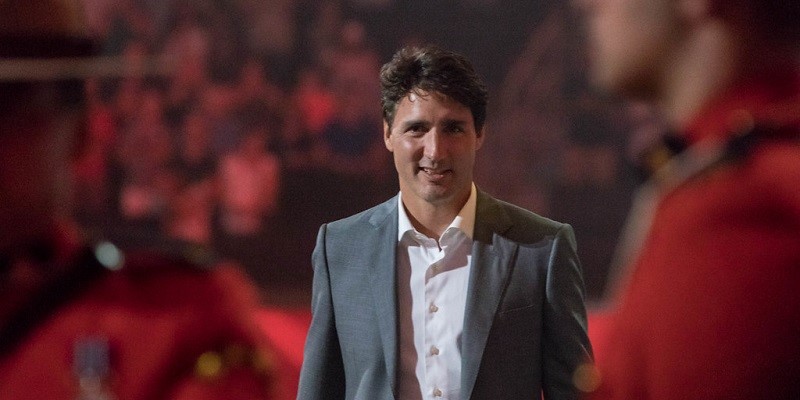Ottawa’s clean energy plan will be ineffective and costly

In the Trudeau government’s budget for 2023-24, Finance Minister Chrystia Freeland introduced new tax credits to spur activity in Canada’s clean energy space, largely in response to the $400 billion of incentives in the Inflation Reduction Act enacted last year by the United States Congress. But here’s the problem—energy markets, like the rest of the economy, are very complicated. And government measures to incentivize or “plan” market activity are almost always ineffective and expensive, as evidenced by recent Canadian history.
First, consider the price tag. In 1990 Prime Minister Brian Mulroney earmarked $175 million for alternative energy and energy efficiency, followed by more money from the Chretien government for similar clean energy programs in 1995, 1998 and 2002 including $500 million over five years for renewable energy and measures to improve vehicle fuel efficiency.
Successive governments continued with this interventionist approach. Prime Minister Paul Martin introduced “Project Green” in 2005, which included more than $3 billion for wind power and other forms of alternative energy, and tax incentives for energy efficiency.
More recently, Prime Minister Trudeau introduced the national carbon tax in 2016 to raise the price of fossil fuels (gasoline, natural gas) and incentivize consumers and businesses to adopt alternative energy sources. When first implemented, the carbon tax was priced at $20 per tonne of carbon. Since then, it has gradually increased and is set to reach $65 per tonne on April 1 and $170 per tonne by 2030. Simultaneously, the Trudeau government launched a near billion dollar program in 2021 to funnel money towards clean energy technologies such as wind, solar, hydro, geothermal and tidal.
The budget tabled on Tuesday includes tax credits for clean electricity (which will cost $6.3 billion over the first four years and $25.7 billion through to 2034-35) and clean technology manufacturing. And expands in scope and detail additional tax credits for clean hydrogen and clean technology investments first introduced last fall. These measures are on top of various provincial initiatives already in place for alternative energy such as British Columbia’s Site C dam project and Ontario’s Green Energy Act.
So the price tag keeps growing. Now consider the results.
Despite billions in spending on renewable energy over the last three decades, the share of total energy produced in Canada by alternative energy sources has not increased. In 1990, when the federal government started spending money on clean energy, renewables (excluding hydro) accounted for 5.1 per cent of all energy supplied in the country compared to 4.8 per cent in 2021, the latest available year of data.
Designing and managing the energy mix is anything but simple. Canadian governments have spent massive amounts of taxpayer money over the years attempting to spur innovation and job creation in clean energy, while trying to significantly increase the share of energy produced by renewables. This approach has been unsuccessful yet comes with an enormous price tag.
This year’s federal budget doubles down on this approach by promising to spend more money and introduce more tax breaks to likely garner similar unproductive results in the clean energy space.


